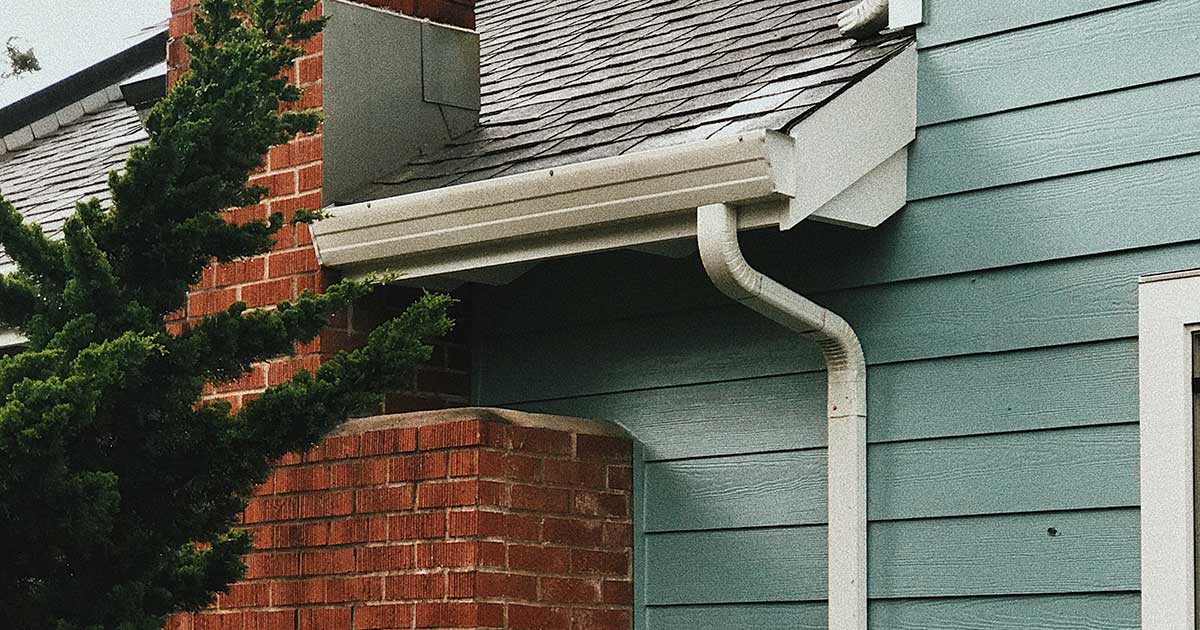When you need a new roof — we’ve already outlined the signs that you do — you generally need it dealt with right away.
But getting the job done quick should never come at the expense of getting it done right. To that end, here are the questions you should ask to make sure you have all the answers when making a decision on something as important as your roof.
Installing a roof is an complex job, after all. Which is why, off the bat, we’re going to skip the obvious queries — how long your pro has been in business, do they have references and proof of insurance, what kind of warranties do they offer, etc. Instead, we’d like to focus on the little things. Because they always make the biggest difference…
1. Are they going to remove your old roof?
The answer should be an unequivocal “YES!”. This will not only help identify problems in the early going, but ultimately save you costly repairs down the line. On the other hand, if your roofer only intends to visually inspect the old roof and then shingle over it, well, then it’s a likely sign they are cutting corners.
2. Will they install drip or metal edge?
A piece of aluminum, drip or metal edge traditionally gets positioned under shingles where they come off the roof. By extending out, it helps to direct runoff into your eavestroughs. The result? Protection for your decking, soffits and fascia, for one. Also, prevention against subsequent water damage, which is a near certainty if not installed. So again, you’ll want your roofer to respond in the affirmative here.
3. Will they employ steel in the valleys or weave the shingles instead?
Metal valleys are more durable, and look a whole heck of a lot better. Meanwhile, woven valleys cost less and are easier to install, but they are prone to premature wear-and-tear.
4. How will they cut their shingles?
It goes without saying, but your roofer should never just eyeball it. Ever! Nope, they’ll need to use a straight or hook blade to effectively cut on a straight edge. And to prohibit short exposures, waviness and similar aesthetic issues, your roofer would also be well served by striking a chalk line prior to installation. Obviously this will keep the shingles aligned — horizontally and vertically. And over large areas or long distances, too!
5. How will they guard the eavestroughs or gutters while working on your roof?
Your eavestroughs or gutters can get damaged if your roofer doesn’t take the necessary steps to protect them during the job. Trough or ladder stabilizers can be used to avoid this.
6. How will they leave the job site at the end of each day?
While neat and tidy is the obvious response, leaving the site responsibly is every bit as important. For example, to protect against nature’s elements — especially rain as the spring season comes around — your roofer should never strip off more roof than they need to day after day. Or, if they have no other alternative, then any and all open areas must be tarped and covered prior to leaving. What’s more, stripped shingles should be cleaned up, as well as hazardous items (like nails) removed from the surrounding lawn and garden below.
7. How long will the job take?
A typical roofing job takes 1-2 days to complete.
8. How much will it cost?
Every job is unique. Get a free quote for your roofing job
You Might Also Also Be Interested In:
9 Signs That It's Time For A New Roof





